
In the River TAKAHARA --Vol.71--
A Brilliant Performer

This rainbow trout went wild after it was released into the river.

The rain melted the mountain snow so quickly that the river turned into the muddy water.
Then I found that evening rises started in the pools around. Immediately I changed the set of the leader and the flies. I had planned to change them into the second set as soon as evening rises started, whether I had some catches or not. I never lost time to change. My second set was 2X leader of 7ft 6 inches, size 6 Dunkeld as a dropper and size 8 Great Sedge as a lead fly. While I put the leader to the line I saw a rise in the pool in front of me. The way of making the rise suggested that there was a bigger fish than before.
Finishing putting the leader set to the line, I cast the fly towards the upper reaches of the rise. It was still light enough to see the line crossing the stream. The line, making a slow curve, passed the rise spot. Surely the leader crossed the point. Then I found clearly that the fly line sliding on the surface was pulled back. At the next moment I got a bite with a thump.
I raised the rod. Something split the surface, giving me a big vibration. It splashed a lot. Then a black lump jumped high in the air. What? What fish is this? After jumping twice the fish ran around in the pool fiercely. I calmed it down by turning the rod to right and left to prevent it from hiding between the rocks. Finally the soothed fish came at my feet.

The sluice gate of Imami down the junction of the River Hirayu. The fish came here for safety when the river was muddy upstream.
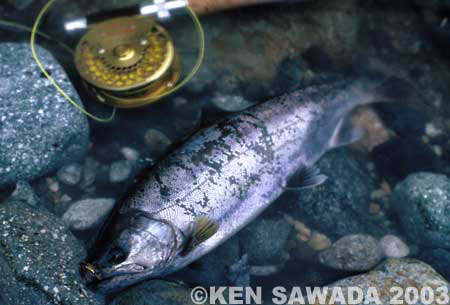
The yamame came here together with the snow melting water.
I raised the leader. There hung a fish of 35cm that swallowed the whole Great Sedge. It had a fat body, transparent fins and countless little black spots scattered on the green back. From when did it stay here? It was a rainbow trout that had gone wild after it was released into the river.
Then I opened the fly box to put Dunkeld back. Now I picked up size 6 Great Sedge as a dropper. There was no need to change the fly but I could not wait to test my new fly. I intended to fish every point and fished down slowly. Two anglers were casting the fly downstream. I cast my new fly at every part of the pool where they had just left.
An unbelievable result! Yamame trout bit my new fly at almost every main point. Even at the point where other anglers cast the fly again and again and gave up, they attacked my fly without hesitation. I had had only a very few experiences of catching fish on every cast like this, even though it lasted for quite a short time. It happened not in the untrodden source area but in the River Takahara, crowded with fly fishermen.
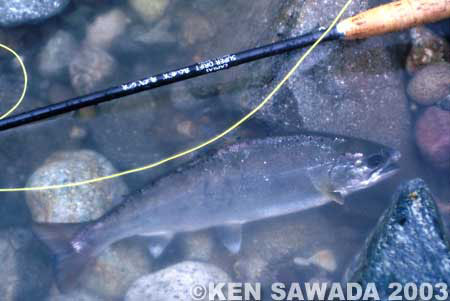
When the river started getting muddy, it was a good chance of wet fly fishing.
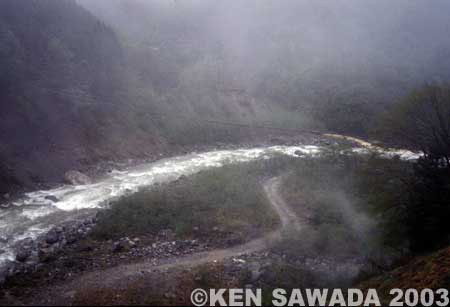
High water down Chubu Technical College after the rain made the snow melting water flow into the river. Ashiarai valley at the opposite bank had the muddy water.
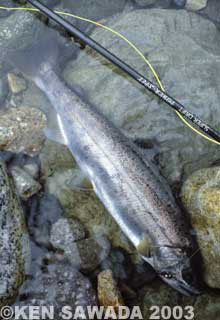
Jungle Alexandra always performed well in the muddy water.
The Snow Melting Water
In the warm daytime of the middle of April the snow melting water suddenly started flowing and turned the river into the muddy water. It meant the end of dry fly fishing. If we still stick to dry fly fishing we will have to fish down quickly or move to the lower reaches of the sluice gate of Imami.Nevertheless this was a good chance I had been long waiting for. After the snow melting water flows a lot there will be no difference between the upper and the lower reaches. We will have to fight with the muddy water, wherever we fish. But the first days of snow melting were in different conditions. I meant that the muddy water flowed only around noon. The water level became high but it was rather suitable for fishing than the low water before. The problem was that the water becomes muddy. The fish never broke the surface in the terribly muddy water. That meant the end of dry fly fishing.
However, there was a lot of bait in the snow melting water and fish had a voracious appetite in the muddy water. If I make good performance of fly drifting, I will be in a better situation than before. That was why I preferred to fishing at upper reaches in that season, where the snow melting water flowed first.
Actually when I fished up, dead leaves or broken twigs started flowing and the river increased a little, becoming slightly muddy. Those were signs of snow melting. Within 10 minutes the muddy water would rush from the upper reaches. It was time to change the fly. It was the same timing as I fished evening rise. I gave up all dry flies and picked up large wet flies.
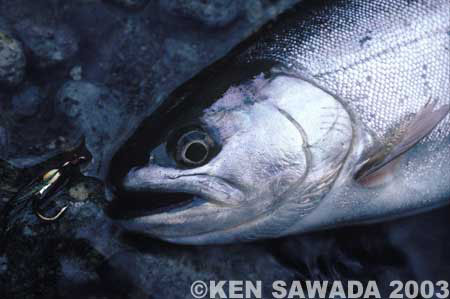
A yamame trout in the River Hirayu. Because of strong current many of them had a high body.
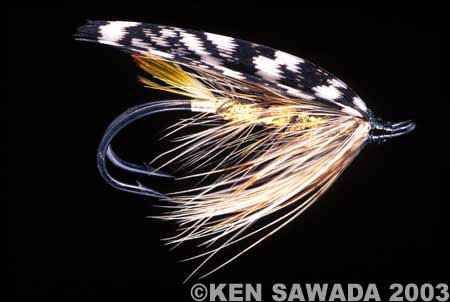
Great Sedge dressed on a double hook, an indispensable pattern to fish cherry salmon in early summer.
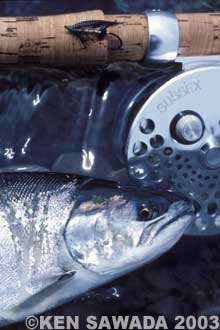
A salmon version of Great Sedge caught a Sea run Amago.
Great Sedge performed very well here again. As was the case of its first great performance, almost no sedge flew around. Great Sedge caught fish not because fish attacked anything like sedges. As I had first dreamt, it was the fly that caught fish even when no sedge was hatched. I chose 2 Great Sedges, size 6 as a dropper and size 8 as a lead fly to fish the muddy water full of the snow melting water, just like to fish at the best time for the evening rise.
After preparing the flies, I fished down along the flow of the snow melting water, starting at the last point where I had just fished up. It was the same method as I fished the evening rise. Although the water became completely muddy I had no problem because I knew very well the stream where I had just fished up. I aimed at only hopeful points.
As the water became suddenly muddy, fish surely moved to a gentle flow off the heart of the stream. It was near to the end of the pool rather than the head. If the water is clear few fish will stay there in the daytime. But the fish lost cautiousness in the muddy water. I stood just beside the pool and cast the fly towards the head of the pool. The fly drifted down along the stream to the middle of the pool. Then I tightened the line so that the fly that had been sunk deeply crossed the centre of the pool slowly.
When the fly drifted down the nice-looking point I sometimes stretched out the rod to the opposite bank to stop the line from drifting. Then the fly stopped at the very point. When it stood still for more than 5 seconds, I often got a bite. The bites were as strong as those of the evening rise or sometimes stronger. Probably fish lost cautiousness due to the muddy water and the bait drifting down.
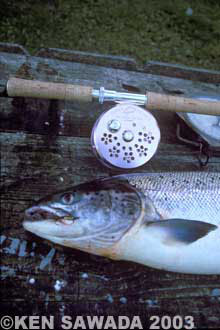
Great Sedge dressed on a treble hook caught an Atlantic salmon.
Apart from Great Sedge as a tremendously great performer, Dunkeld, Connemara Black, Peacock Queen, Queen of Waters and Jungle Alexandra performed well. I thought that their thick body and body hackles appealed to the fish.
Great Sedge Variations
In any genre of flies, some perform well everywhere and others under the definite uses or conditions. I mean general flies and local flies. In addition, some good performers are excellent only in a particular genre and others in more than two genres. Such difference is made by materials of the fly or their colour combinations. For example, Royal Coachman is a great performer as a dry fly, a wet fly and a streamer. Even if we change its materials to make different sizes or give it a different character, it is still a good performer. Probably the colour combination is superb.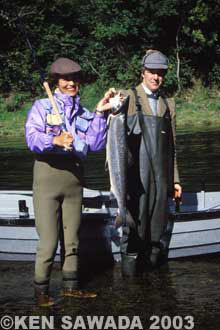
A Fresh Run in the River Tweed.
As for Great Sedge, I think that the combination of materials is superb. Tinsel body and body hackles, spotted wings and hackles, those combinations have the multiplier effect, which gives the fly a tremendous ability.
Usually the size of the wet fly was from size 4 to size 10, but I wanted a larger one. I dressed Great Sedge on size 4 salmon hook in May in 1988. I did not trace the pattern but made some arrangements by adopting the style of the salmon fly. A few days later I caught a Sea run Amago in the River Kuzuryu at the first trial. (See Cherry Salmon: The First Stage, Vol.49)
I also dressed the same materials on a treble hook. The fly did not look like a sedge at all. Nevertheless, when it was first used in 1992, it really caught a salmon in the River Tweed. Great Sedge had such a mysterious charm.
-- To be continued --
- NET SHOP INFORMATION
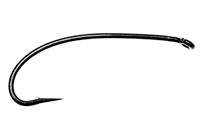
SL6 Black Spey Hooks
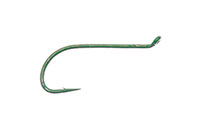
DU3 Limerick Spinner Hooks
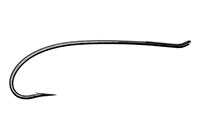
SL4 Single Bartleet Hooks
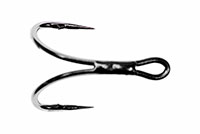
XD1 Tube Fly Double Hooks
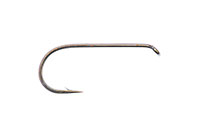
DD2 Flat Perfect Hooks
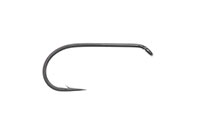
DD1 Black Terrestrial Hooks
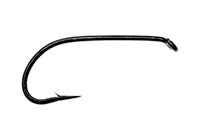
TD4 Old Limerick Wet Hooks
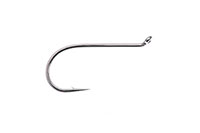
DU1 Silver May Hooks
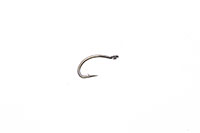
MU1 Flat Midge Hooks
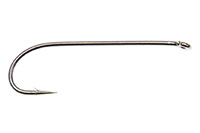
LD3 Long Limerick Hooks
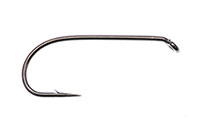
TD2 Summer Sproat Hooks
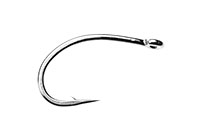
XS1 Tube Single Silver Hooks
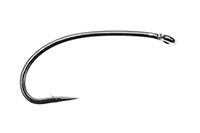
TD6 Siver Sedge Hooks

SL5 Black Spey Hooks

DU3 Limerick Spinner Hooks
- TROPHY CLUB
- FLY SHOW
- EXHIBITION
- MASTERS`
- FLY DRESSING CONTEST Archives
- TRAVELLER Archives
- TACKLE IMPRESSIONS Archives
- ANGLERS` PHOTO GALLERY Archives
- ----------------------------------------------
- トロフィークラブ
- フライショー
- エキシビション
- マスターズ
- フライドレッシング・コンテスト・アーカイヴ
- トラヴェラー・アーカイヴ
- タックル・インプレッション・アーカイヴ
- アングラーズ・フォトギャラリー・アーカイヴ
株式会社サワダ 185-0021 東京都国分寺市南町3-13-4
SAWADA'S INC. 3-13-4 Minamicho, Kokubunji, Tokyo 185-0021, Japan
写真・ドキュメントの無断転載を禁じます。
All the images and documents found on this site are owned by Ken Sawada and may not be used without permission.
But, link to this site is FREE.
Copyright © 2000 - 2025 SAWADA'S INC.. All rights reserved.
SAWADA'S INC. 3-13-4 Minamicho, Kokubunji, Tokyo 185-0021, Japan
写真・ドキュメントの無断転載を禁じます。
All the images and documents found on this site are owned by Ken Sawada and may not be used without permission.
But, link to this site is FREE.
Copyright © 2000 - 2025 SAWADA'S INC.. All rights reserved.
